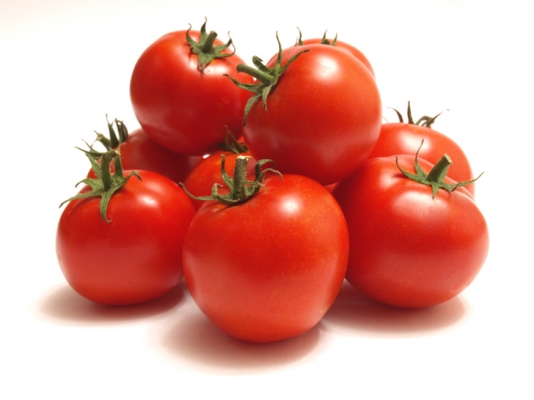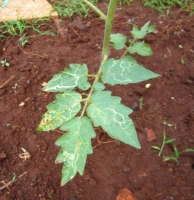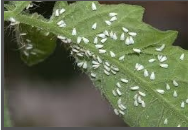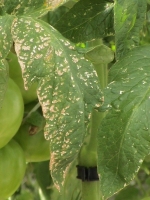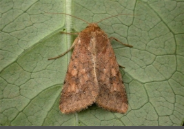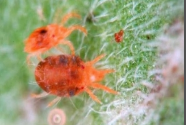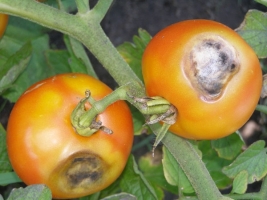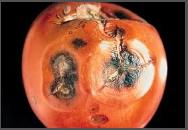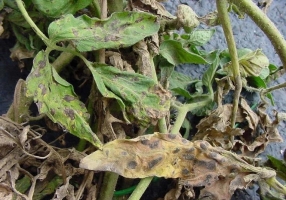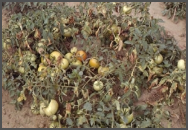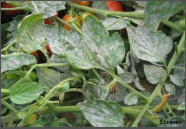Pusa Rubi: Variety developed by IARI, New Delhi. Suitable for spring as well as winter season cultivation. Gives average yield of 133 qtl/acre.
Pusa Early Dwarf: Variety developed by IARI, New Delhi. Fruits are medium dwarf, with yellow stem. Ready to harvest 75-80 days after transplantation. Gives average yield of 140qtl/acre.
Punjab Chhuhara: Fruits are seedless, pear shape, red, firm with thick wall or skin. Marketable quality remain for 7 days after harvesting and thus suitable for long distance transportation and processing.
Pusa 120: Variety developed by IARI, New Delhi. Fruits are medium dwarf, smooth, attractive with yellow stem. It is resistant to nematodes.
Roma Selection 120: Developed by IARI, New Delhi. It gives resistant to root knot nematodes.
Pant Bahar: Fruits are round with medium size.
Arka Vikas: Variety released by IIHR, Bangalore. Crop ready to harvest in 120 days. Gives average yield of 140-160qtl/acre.
Hisar Aruna: Developed by Hissar, HAU. Early and high yielding variety. Fruits are medium-large, round, deep red color.
Karnataka Hybrid: Crop is ready to harvest 80 days after transplantation. Fruits are long and oval shape. Gives resistance to wilt and nematodes.
Marglobe: Released by IARI, New Delhi. Fruits are large, round, smooth and Juicy.
Rashmi: Widely adopted hybrid. Fruits are medium, round with attractive color. It is resistant to wilt disease.
HS 101: Suitable for growing in North India during winter condition. Plants are dwarf. Fruits are round and medium size and juicy. Fruits are borne in cluster. It is resistant to Tomato Leaf Curl Virus.
HS 102: Early maturing variety. Fruits are small to medium in size, round and juicy.
Sonali: Gives average yield of 300-320 qtl/acre.
Pusa Hybrid 1: Developed by ICAR, New Delhi. Gives average yield of 128 qtl/acre.
Pusa Hybrid 2: Developed by ICAR, New Delhi. Fruits are flat, round with thick skin. Gives average yield of 220 qtl/acre.
ARTH-3: Ready to harvest in 80-85 days after transplantation. Gives average yield of 350-380 qtl/acre.
Keekruth: Plant height is about 100cm. Ready to harvest in 136 days. Fruits are medium to large size, round shape, deep red color.
Keekruth Ageti: Plant height is about 100cm. Fruits are medium to large size, round shape having green shoulder which disappears on ripening.

